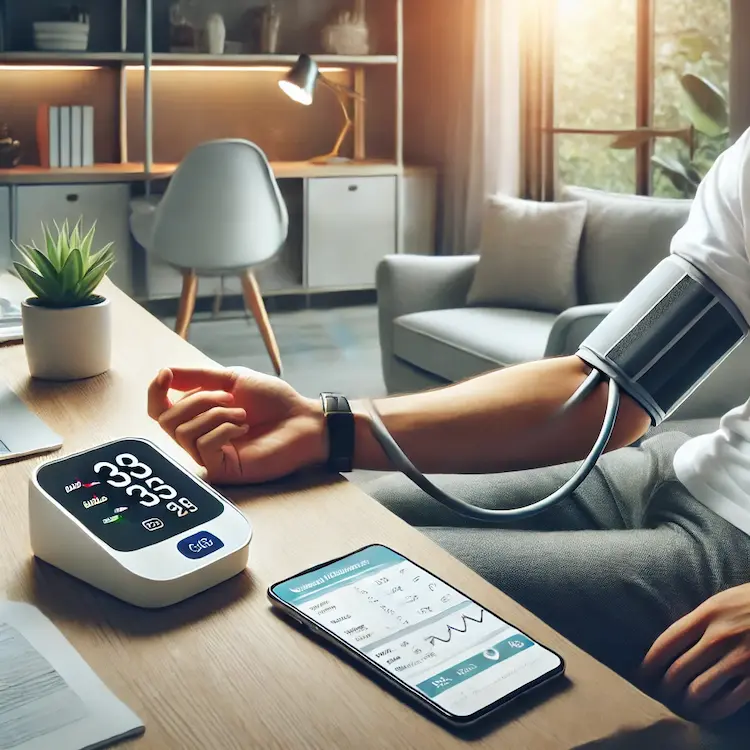Remote Blood Pressure Monitoring (RBPM) is a cutting-edge healthcare innovation that empowers individuals to manage and monitor their blood pressure levels from the comfort of their homes. By leveraging advanced technologies, RBPM offers real-time insights, improves patient outcomes, and reduces the burden on healthcare systems. This article explores the concept in detail, its importance, societal and health impacts, and the tools and approaches shaping its future.
RBPM involves using digital devices to measure blood pressure remotely, transmitting data to healthcare providers for analysis. These systems often integrate with smartphones or cloud-based platforms for seamless tracking and reporting.

| Method | Pros | Cons |
|---|---|---|
| Automated Monitors | Accurate, easy to use | Requires calibration |
| Wearable Technology | Continuous data, user-friendly | Battery life issues |
| Smartphone Solutions | Affordable, convenient | Connectivity dependence |
RBPM is poised to revolutionize healthcare further with advancements in AI, machine learning, and wearable technology. These innovations will enhance data accuracy, predictive capabilities, and patient engagement.
Remote Blood Pressure Monitoring offers a transformative approach to managing health. By understanding its tools, methods, and potential, individuals can leverage RBPM for better outcomes. Key takeaways include:
Actionable Steps: